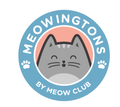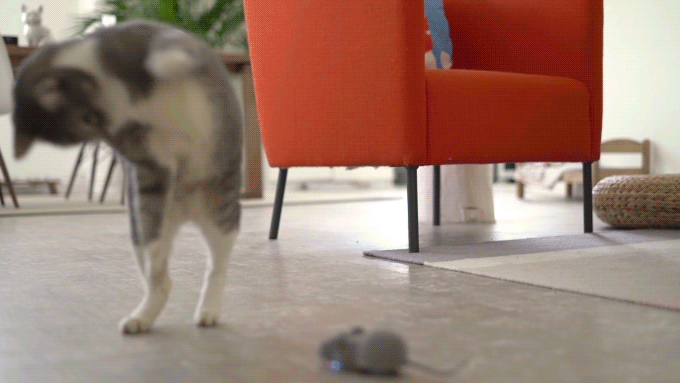4 Hairball Hacks for Hairball Awareness Day
It's Hairball Awareness Day! So, why do hairballs deserve their own PSA day? If you're a cat owner, you're already plenty aware of hairballs. We don't need a whole day to be aware of them.
But for new cat parents, and even seasoned ailurophiles that have cleaned up their fair share of hairballs, it's always good to know ways to help out with these hacked-up chunks.
Hairballs, also known as trichobezoars, are pretty much the bane of every cat's (and cat parent's) existence. They are no fun for your kitties to hack up, and even less fun for us humans to clean up. Despite their repellent, slimy nature, hairballs are a normal, natural result of healthy feline hygiene. It's normal if your cat has the occasional hairball.
Okay, okay. We know what hairballs are and how they happen. So what are some hairball hacks?
1. Groom your cat regularly.

It stands to reason that the more fur you remove from your cat, the less fur they'll end up swallowing. Combing or brushing your cat on a daily basis can be an effective way to minimize hairballs, and it can also provide a wonderfully relaxing way to bond with your cat!
Cats are fastidious groomers who lick themselves with their rough tongues to make sure their coats are shiny and dirt-free. Normally, your cat's digestive system can handle all the fluff, which passes through the intestinal tract without worry and ends up in the litter box.
Longhaired cat breeds such as Maine Coon and Persian cats are more prone to hairballs, as well as anxious or bored cats that can overgroom as a form of self-soothing.
2. Give your plumpkin some pumpkin!

Finally, a use for pumpkin outside of Thanksgiving and Halloween! Plain, canned pumpkin (without sugar or flavor) can make an excellent natural hairball remedy.
While it won't completely do away with hairballs, pumpkin is a natural source of fiber for cats, aiding digestion, while also providing a few beneficial vitamins. Many veterinarians turn to pumpkin as a remedy for constipation in feline patients.
Mix between one and four teaspoons of canned pumpkin in your cat's food one to two times a day, or a couple times a week.
It's best to check with your veterinarian first before making any changes to your cat's diet. They can advise you on the proper amount and frequency of pumpkin to serve.
3. Consider a specialized "hairball formula" foods.

If your cat doesn't take to canned pumpkin, "hairball formula" foods are high-fiber foods designed to improve the health of your cat’s coat, minimize the amount of shedding, and encourage hairballs in cats to pass through the digestive system. As always, check with your vet for recommendations!
4. Give them something fun to do.
One of our previous foster cats, Louie, playing with our Mouse Hunt Cat Toy!
If your cat is grooming themselves excessively (and producing more hairballs than normal) gift them a new toy or play with them to distract from having to constantly groom. Excessive grooming in cats can be a sign of stress or boredom.
Distracting your cat with new toys not only helps cut down on excessive grooming (and thus hairballs) but also provides you with a great opportunity for social bonding with your cat.
Note: If you notice that your cat is vomiting frequently with or without hair in the vomit, there may be other health problems and a vet checkup may be required. Abnormal signs and symptoms include vomiting or gagging up more than one hairball a day, constipation, diarrhea, lethargy, or lack of appetite. These symptoms could mean an internal blockage that can potentially be life-threatening.


















Leave a comment